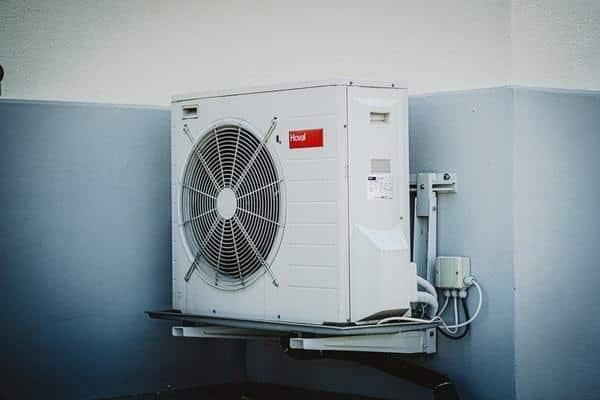A heating and cooling system is one of the most important parts of any home. It’s responsible for keeping you warm in the winter and cool in the summer, so it’s important to keep up with maintenance. If you keep up with your HVAC system, then you’ve probably heard of a condensate line before. A condensate line is a pipe that drains water from your air conditioner or furnace. The line is usually made of PVC and is located outside your home. Keep reading to learn more about condensate lines and how they work.
What does a furnace condensate line do?
A furnace condensate line is a plumbing line that carries away water vapor and other combustion products from a furnace. The line runs from the furnace to a drain, typically in the basement. It includes a condensate pump, which helps push the liquid waste out of the house. The pump is activated when the water reaches a certain level, and it turns off when the water recedes. It collects the water that is produced by the cooling process. And the water can be collected in a reservoir or routed directly to a drain. The line allows the system to operate more efficiently by removing excess moisture from the air.
What are the dangers of a condensate line?
One potential danger of a condensate line is that it can freeze in cold weather. If the line is blocked by ice, it can prevent the furnace from working, which could lead to a home being without heat. Another danger is that the line can overflow if it is not properly installed or if there is a blockage. If the line overflows, it can damage the floors or walls of the home. Collected water can also be acidic which cause damage to your home if it’s not properly routed and managed. It can also create a breeding ground for mold and mildew.
Are there different types of condensate lines?
There are two types of condensate lines: gravity and pumped. Gravity lines rely on the weight of the water to move it from the cooling coil to the drainage point. Pumped lines use a pump to move the water. Condensate lines can be made of copper, galvanized steel, or plastic.
What are the maintenance requirements for a condensate line?
Since the line is a piping system that transports water vapor (condensate) from the evaporator coil of an air conditioning or refrigeration system to a point of disposal, the line must be sized and installed properly to ensure proper drainage of the condensate. Proper maintenance and upkeep will help prevent damage to the equipment. Condensate lines should also be cleaned and inspected periodically, as well as cleared of obstructions as necessary.
Can you get rid of a condensate line if you don’t need it?
If you do not have an AC unit or do not need the condensate line, you may be able to get rid of it. However, it is important to consult with a professional before doing so in order to ensure that there is no additional damage that could be caused by removing the line. In some cases, you may find that you don’t need it anymore. For example, if your unit isn’t producing any condensation, or if you’ve installed a condensate pump, you can probably get rid of the line. Simply check with your local HVAC technician. They’ll be able to tell you whether you need one and, if so, how to properly install it.
As you can see, a condensate line is an important part of a HVAC system as it transports condensed water from the evaporator to the drain.

